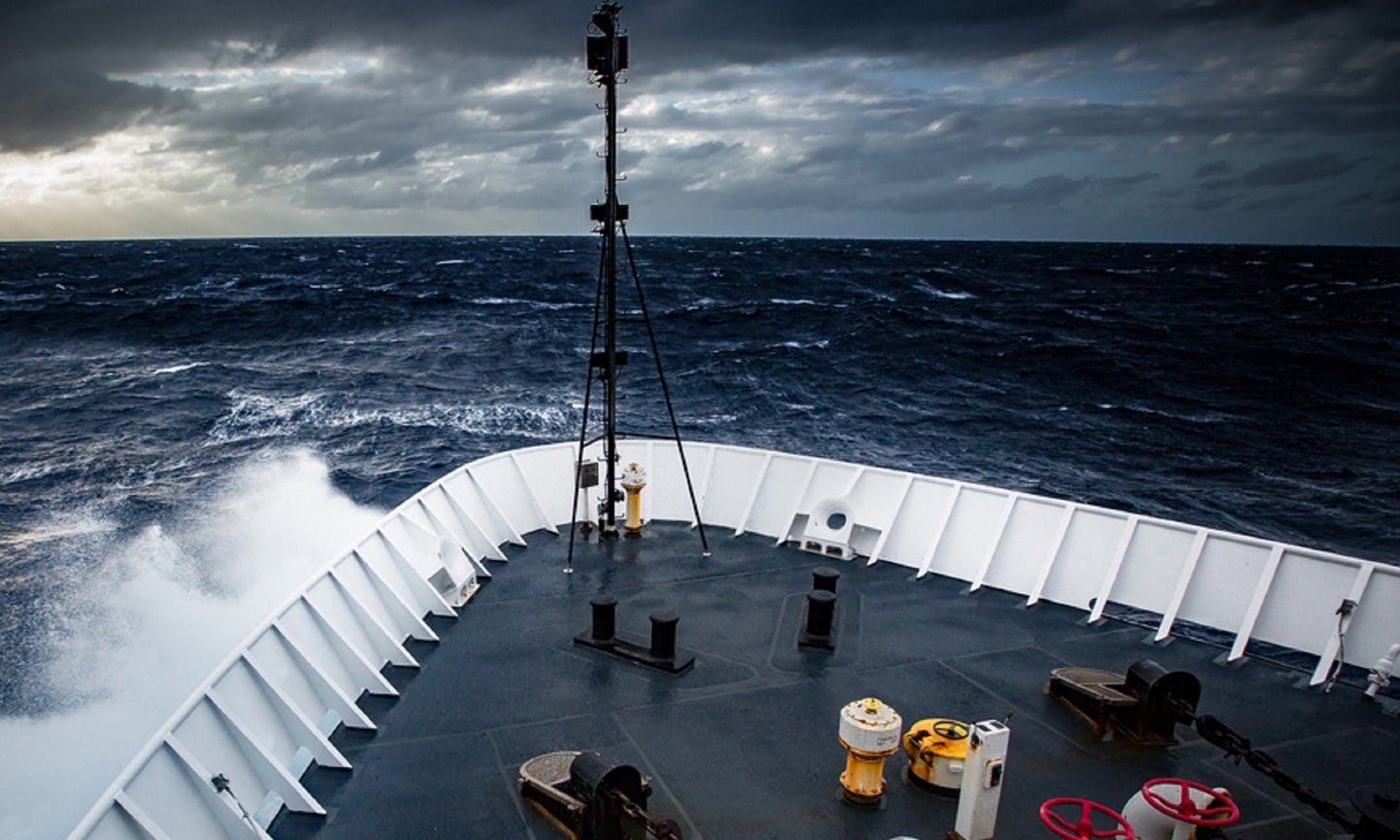When climate change throws the Pacific off balance, the world’s weather follows
The world's biggest ocean controls El Niño and La Niña, but the patterns are becoming less predictable.

The Pacific Ocean is a juggernaut. It’s the largest ocean on our planet, almost double the size of the Atlantic. Its vast expanse, exposure to trade winds, and range of temperatures makes it incredibly dynamic. All these factors contribute to create the El Niño—Southern Oscillation (ENSO), a climate pattern that affects seasonal precipitation, heat, storms, and more around the world.
ENSO is made up of three stages: El Niño and La Niña, which can both increase the likelihood of extreme weather from the Philippines to Hawaii to Peru—and the neutral phase that we are typically in. El Niño is currently underway and is predicted to go strong until winter. With it come a slew of weather patterns like exacerbated heat waves in the northern US and Canada, increased risk of flooding in the south and southeast US, delayed rainy seasons, and even droughts in countries like Indonesia and the Philippines. And this is for an El Niño period that is predicted to be strong, but not particularly extreme. But as the Pacific warms due to human-driven climate change and temperature gradients across the ocean widen, scientists warn that El Niño and La Niña periods are becoming longer, more extreme, and more frequent.
[Related: Climate change is making the ocean lose its memory]
In one recent study published in the journal Nature Reviews, researchers looked at different climate models to see how ENSO has changed through the past century, and how it may shift in coming years. While El Niño and La Niña ordinarily last nine to 12 months, the vast majority of models predict that we will see them stretch out over multiple years. “In the 20th century you got about one extreme El Niño per 20 years,” says Wenju Cai, chief research scientist at the Commonwealth Scientific and Industrial Research Organisation in Australia and lead author of the Nature Reviews paper. “But in the future, and in the 21st century on average, we will get something like one extreme event per 10 years—so it’s doubling.”
Longer and more intense periods of El Niño and La Niña mean that the risks of extreme weather—hurricanes, cyclones, flooding, drought—are heightened for most countries lying in the Pacific or flanking it. For example, El Niño pulls warm water farther east, so if tropical cycles (storms that tend to move westward) develop, they’ll have more time and distance to cover until they reach land. “While they’re traveling in the ocean, these tropical cyclones are energized by the heat and moisture from the ocean,” says Cai. By the time they reach countries to the west like North Korea, South Korea, Japan, or China, they could be more catastrophic than the tropical storms those places experience today.
Since “global warming is already making extreme events more extreme” like intensifying storms and weather patterns, Cai says, it’s a “double whammy.”
But even the less dramatic effects of ENSO could still amount to damage. The fluctuations in ocean temperatures that ENSO brings, for example, can be dramatic and too quick for marine life like corals to adapt, says John Burns, a marine and data scientist at the University of Hawaii. “All that can exacerbate coral bleaching,” which has already been documented in Hawaiian reefs.
And because creatures and systems are so intrinsically interconnected, this has resounding implications for a number of species and industries. Burns has created technologies that can reconstruct water habitats, and he’s used those models to study the implications of coral loss. “We’ve actually mathematically connected how these habitats influence the abundance of reef fish,” he says, “which are one of the primary sources of protein for the global economy, especially in Southeast Asia.” So not only will climate change and ENSO harm fish and fisheries, but that could also have ripple effects on tourism, as well as the local and global economies.
In a recent report in the journal Science, climate researchers from Dartmouth College estimated that extreme El Niño events from 1982 and 1997 alone cost the global economy about $4 trillion to $6 trillion, respectively, in the following years. The authors also estimated that this current El Niño period could rack up $3 trillion in losses over the next five years. The damages aren’t just limited to buildings and infrastructure, Cai says: They include social pillars people may not even consider, like jobs, farmland, food stocks, and individual health. As a result, some countries and organizations are taking a proactive approach against El Niño. Peru, for instance, is dedicating more than $1 billion to prevent and contain the carnage it might bring.
[Related: The Pacific heat blob’s aftereffects are still warping ocean ecosystems]
But there is time to bring ENSO and the Pacific Ocean back into balance, bit by bit. While it can be useful at times to consider these global changes on a large scale, it’s important to “recognize that solutions will be very locally based,” says Burns. Even if we project the overall trends, he explains, understanding how specific habitats will be affected and what solutions are feasible requires local and native wisdom and knowledge.
“It’s a shame if we get dismayed by these larger-scale changes and come to a conclusion of ‘there’s nothing we can do,’” Burns says. “It’s definitely not that simple … and we need strategies that are place-based to protect these systems.”